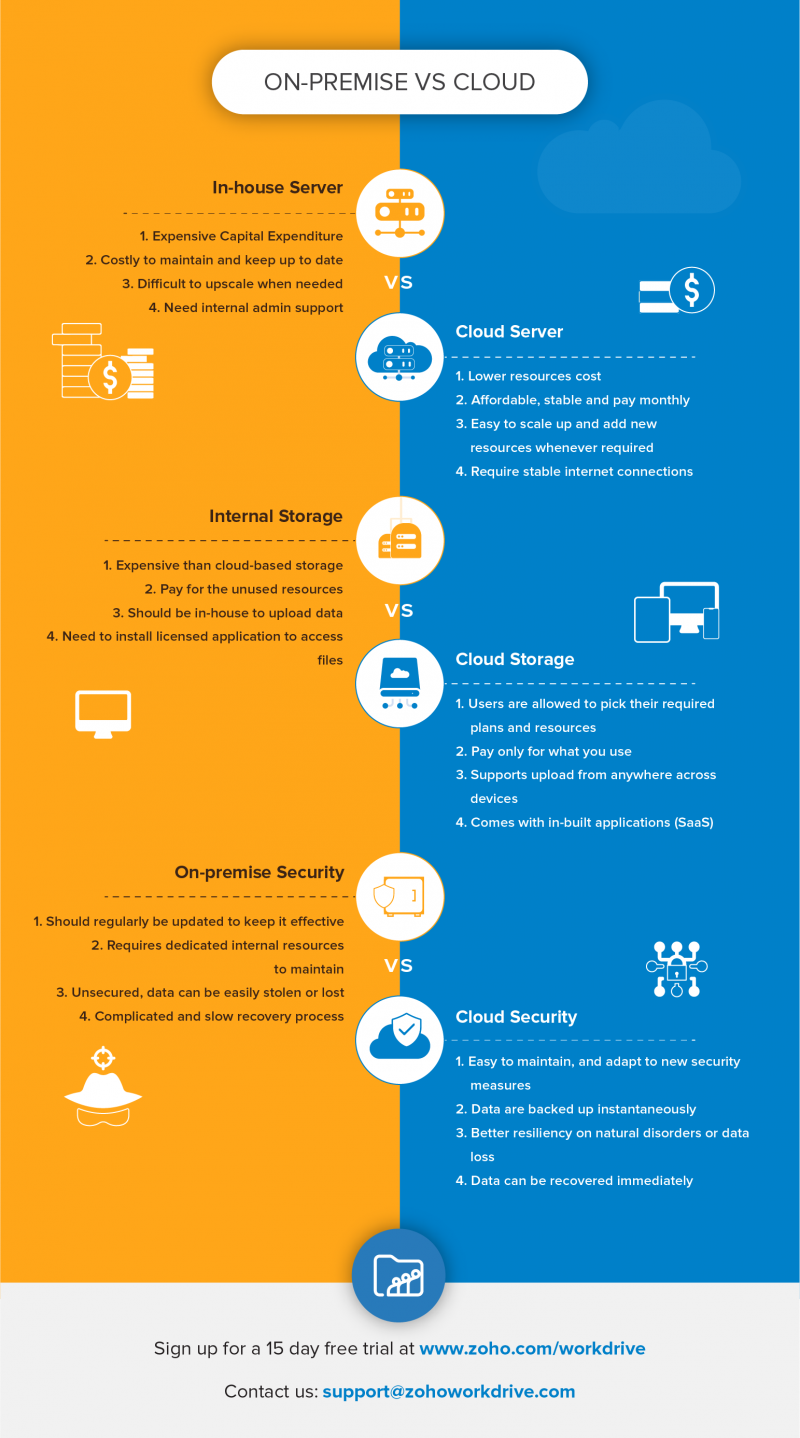
Cloud vs On-Premise Business Intelligence Software Explained
In the modern business landscape, data analysis and interpretation have become essential components of decision-making processes. Business Intelligence (BI) software has emerged as a vital tool to support these efforts, providing organizations with the ability to extract insights from their data and make informed decisions. When it comes to deploying BI software, businesses are faced with a crucial choice: cloud-based or on-premise solutions. In this article, we will delve into the differences between cloud and on-premise Business Intelligence software, exploring the advantages and disadvantages of each option.
Introduction to Cloud Business Intelligence Software
Cloud Business Intelligence software refers to a cloud-based platform that provides organizations with the ability to analyze, report, and visualize their data in a scalable and flexible manner. Cloud BI solutions are typically delivered as a Software-as-a-Service (SaaS) model, where the software provider manages the infrastructure, maintenance, and updates, and the customer accesses the application through a web browser or mobile device.
The cloud-based approach has gained popularity in recent years due to its numerous benefits, including:
- Scalability: Cloud BI solutions can quickly scale up or down to meet the changing needs of the organization, ensuring that the system remains responsive and performant.
- Cost-effectiveness: Cloud BI solutions typically operate on a subscription-based model, which eliminates the need for upfront capital expenditures and reduces ongoing maintenance costs.
- Accessibility: Cloud BI solutions can be accessed from anywhere, on any device, as long as there is an internet connection, making it easy for remote workers and global teams to collaborate.
- Automatic updates: Cloud BI providers handle software updates and maintenance, ensuring that the organization always has access to the latest features and security patches.
Introduction to On-Premise Business Intelligence Software
On-premise Business Intelligence software, on the other hand, refers to a traditional software deployment model where the organization hosts and manages the BI solution on its own servers and infrastructure. This approach requires the organization to purchase and install the software, as well as manage ongoing maintenance, updates, and support.
The on-premise approach has its own set of advantages, including:
- Control and security: On-premise BI solutions provide organizations with complete control over their data and infrastructure, ensuring that sensitive information remains secure and compliant with regulatory requirements.
- Customization: On-premise BI solutions can be tailored to meet the specific needs of the organization, allowing for customized reporting, analytics, and data integration.
- Integration: On-premise BI solutions can be integrated with existing systems and infrastructure, providing a seamless experience for users.
- No reliance on internet connectivity: On-premise BI solutions can operate without an internet connection, making them suitable for organizations with limited or unreliable internet access.
Comparison of Cloud and On-Premise Business Intelligence Software
When comparing cloud and on-premise Business Intelligence software, several factors come into play. Here’s a summary of the key differences:
| Feature | Cloud BI | On-Premise BI |
|---|---|---|
| Scalability | Scalable and flexible | Limited by infrastructure |
| Cost | Subscription-based, cost-effective | Upfront capital expenditure, ongoing maintenance costs |
| Accessibility | Anywhere, any device | Limited to on-premise infrastructure |
| Updates and maintenance | Automatic, handled by provider | Manual, handled by organization |
| Control and security | Limited control, relies on provider’s security measures | Complete control, organization manages security |
| Customization | Limited customization options | Highly customizable |
| Integration | Integration with cloud-based systems | Integration with on-premise systems |
Choosing Between Cloud and On-Premise Business Intelligence Software
The choice between cloud and on-premise Business Intelligence software ultimately depends on the specific needs and requirements of the organization. Here are some factors to consider:
- Data sensitivity: If the organization handles sensitive data, an on-premise solution may be more suitable to ensure complete control and security.
- Scalability: If the organization expects rapid growth or fluctuating demand, a cloud-based solution can provide the necessary scalability and flexibility.
- Budget: If the organization has limited budget, a cloud-based solution can provide a cost-effective option with minimal upfront costs.
- IT infrastructure: If the organization has existing on-premise infrastructure, an on-premise solution can leverage this investment and provide a seamless integration experience.
- User adoption: If the organization has a distributed workforce or requires remote access, a cloud-based solution can provide the necessary accessibility and convenience.
Real-World Examples
Several organizations have successfully deployed both cloud and on-premise Business Intelligence software. For example:
- Cloud-based example: A retail company with a large e-commerce presence deployed a cloud-based BI solution to analyze customer behavior, sales trends, and supply chain performance. The cloud-based solution provided the necessary scalability and flexibility to support the company’s rapid growth.
- On-premise example: A financial services organization with strict regulatory requirements deployed an on-premise BI solution to ensure complete control and security over sensitive financial data. The on-premise solution provided the necessary customization and integration with existing systems.
Conclusion
In conclusion, the choice between cloud and on-premise Business Intelligence software depends on the specific needs and requirements of the organization. Cloud-based solutions offer scalability, cost-effectiveness, and accessibility, while on-premise solutions provide control, customization, and integration with existing systems. By understanding the advantages and disadvantages of each option, organizations can make informed decisions and select the best BI solution to support their business goals and objectives. As the business landscape continues to evolve, the importance of Business Intelligence software will only continue to grow, and organizations must be prepared to adapt and innovate to stay ahead of the competition.
Closure
Thus, we hope this article has provided valuable insights into Cloud vs On-Premise Business Intelligence Software Explained. We thank you for taking the time to read this article. See you in our next article!


